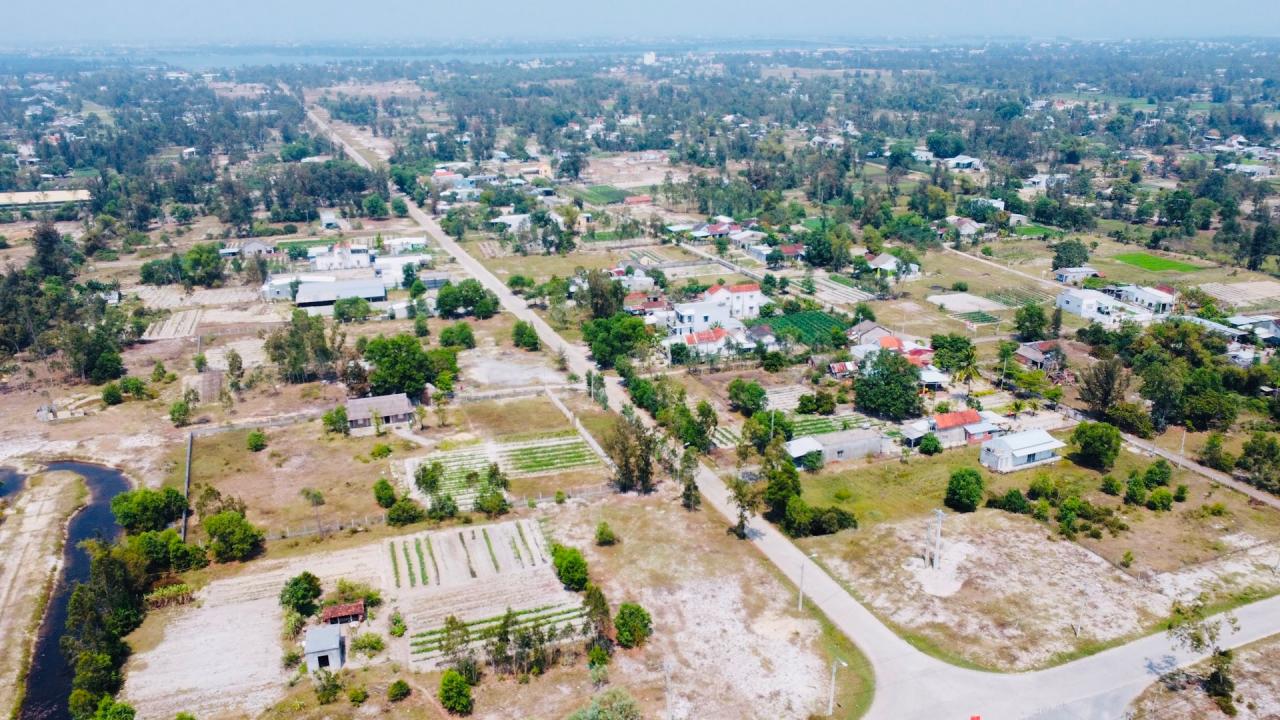
Need to clarify regulations on consulting community opinions
Regulations on collecting community opinions on planning projects are one of the key issues mentioned by delegates at the conference to collect opinions on the draft Law on Urban and Rural Planning recently organized by the National Assembly Delegation of Quang Nam province.
Mr. Nguyen Phi Hung - Permanent Vice Chairman of the Provincial Vietnam Fatherland Front Committee said that previous related laws and the draft Law on Urban and Rural Planning all provide regulations on organizing the collection of community opinions on planning projects, but they are not clear.
In practice, representatives of the Vietnam Fatherland Front in the province have participated in many appraisal councils as well as commented on draft planning projects of many localities and found that the submitted documents have reports on organizing community consultation but have not followed any standards. Many places are very cursory when only collecting a few dozen opinions from a total of thousands of households in the planning project affected area.
“Currently, there is no official document, decree or circular to clearly guide who the residential community is and how many people need to be consulted, and what ratio is required to ensure approval of the planning project documents. It is possible to study and clarify the option of collecting opinions from the residential community as representatives of households, at least the percentage of opinions must be more than 50% compared to the total number of households in the directly related residential areas to avoid formality,” said Mr. Nguyen Phi Hung.
According to Mr. Ngo Ngoc Hung - Deputy Director of the Department of Construction, the collection of community opinions on planning projects has been regulated in the past, but it is very difficult to implement in practice.
“The nature of each type of planning will be different. The level of impact of each type of planning is also different, so it is impossible to have a common regulation on the level and scope of consultation. For example, with provincial planning, it is impossible to consult the community.
It is necessary to clearly establish regulations on the subjects of consultation, because for example, there was a project located in the middle of rice fields, involving thousands of residents, but it was very difficult to determine the subjects of consultation" - Mr. Ngo Ngoc Hung said.
"Suitable" or "matching" planning?
Currently, when implementing any project, it is necessary to comply with the relevant planning. According to the Department of Planning and Investment, when the Law on Urban and Rural Planning is passed, it is expected to be even more binding, so it is necessary to clarify the basis for planning. At that time, all investment projects must comply with urban and rural planning, land use planning and provincial planning. If a project complies with all three plans, it is ideal, but if it does not, it will be very complicated.
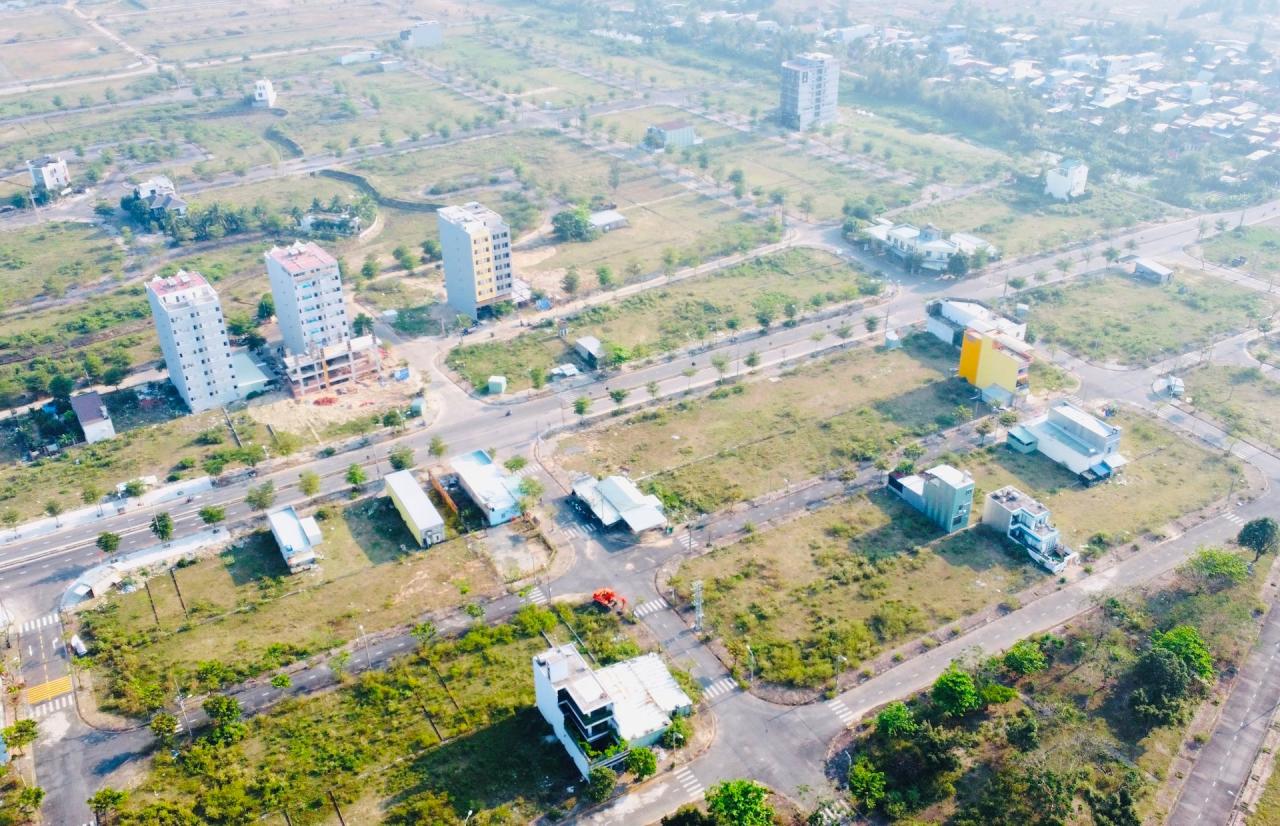
Mr. Nguyen Tan Van - Deputy Director of the Department of Planning and Investment raised the issue: "The regulation is that lower-level planning must comply with higher-level planning. But here, it is necessary to establish urban and rural planning and land use planning, which planning comes first. At the same time, it is necessary to clearly determine which planning is the focus so that other planning can follow, especially when land use planning must be adjusted every 5 years."
From a local perspective, Mr. Dang Huu Phuc - Vice Chairman of Duy Xuyen District People's Committee said that the upcoming urban and rural planning must come before land use planning and be the basis for building land use planning.
Because urban and rural planning integrates many basic development contents of an area and will have a reasonable land use structure, following the land use planning criteria. If it follows the land use planning, it is highly likely that the planning project will not be able to do it.
In addition, there should be a provision allowing local adjustments to the planning to ensure that the general structure is not changed so that the implementation process is more convenient; otherwise, the grassroots level will be very confused about how to handle it.
Mr. Ngo Ngoc Hung added that the concept of “suitability” with planning is very different from the concept of “correctness” or “coincidence” with planning. For a long time, the reality has been that just a slight deviation from the route is not suitable with planning, which leads to many planning adjustments.
A slight deviation must be adjusted, a few meters off must also be adjusted, but land recovery cannot be carried out. In addition, it is necessary to consider the level of conformity of lower-level planning regulations with higher-level planning, otherwise if it is rigid, it will cause many problems in actual implementation.
The Draft Law on Urban and Rural Planning (final draft dated September 9, 2024) has 6 Chapters and 66 Articles. The content of the draft law addresses 3 major policies including: Completing regulations on the urban and rural planning system; Completing regulations on the establishment, appraisal, approval, review, and adjustment of urban and rural planning; Completing regulations on the selection of planning consulting organizations, funding sources, and other relevant regulations to improve the quality and feasibility of urban and rural planning, and the right to access and provide information on urban and rural planning.
Source: https://baoquangnam.vn/gop-y-du-thao-luat-quy-hoach-do-thi-va-nong-thon-nhung-ban-khoan-tu-thuc-tien-o-quang-nam-3141828.html



![[Photo] Opening of the 11th Conference of the 13th Party Central Committee](https://vstatic.vietnam.vn/vietnam/resource/IMAGE/2025/4/10/f9e717b67de343d7b687cb419c0829a2)

![[Photo] April Festival in Can Tho City](https://vstatic.vietnam.vn/vietnam/resource/IMAGE/2025/4/10/bf5ae82870e648fabfbcc93a25b481ea)

![[Photo] Unique folk games at Chuong Village Festival](https://vstatic.vietnam.vn/vietnam/resource/IMAGE/2025/4/10/cff805a06fdd443b9474c017f98075a4)







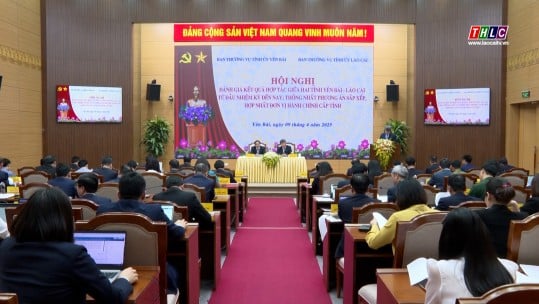
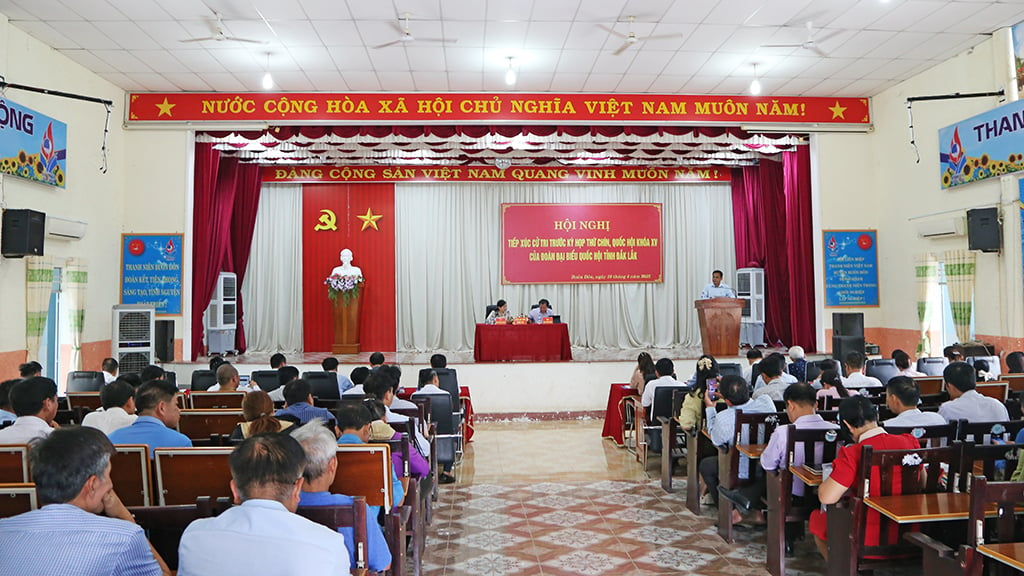

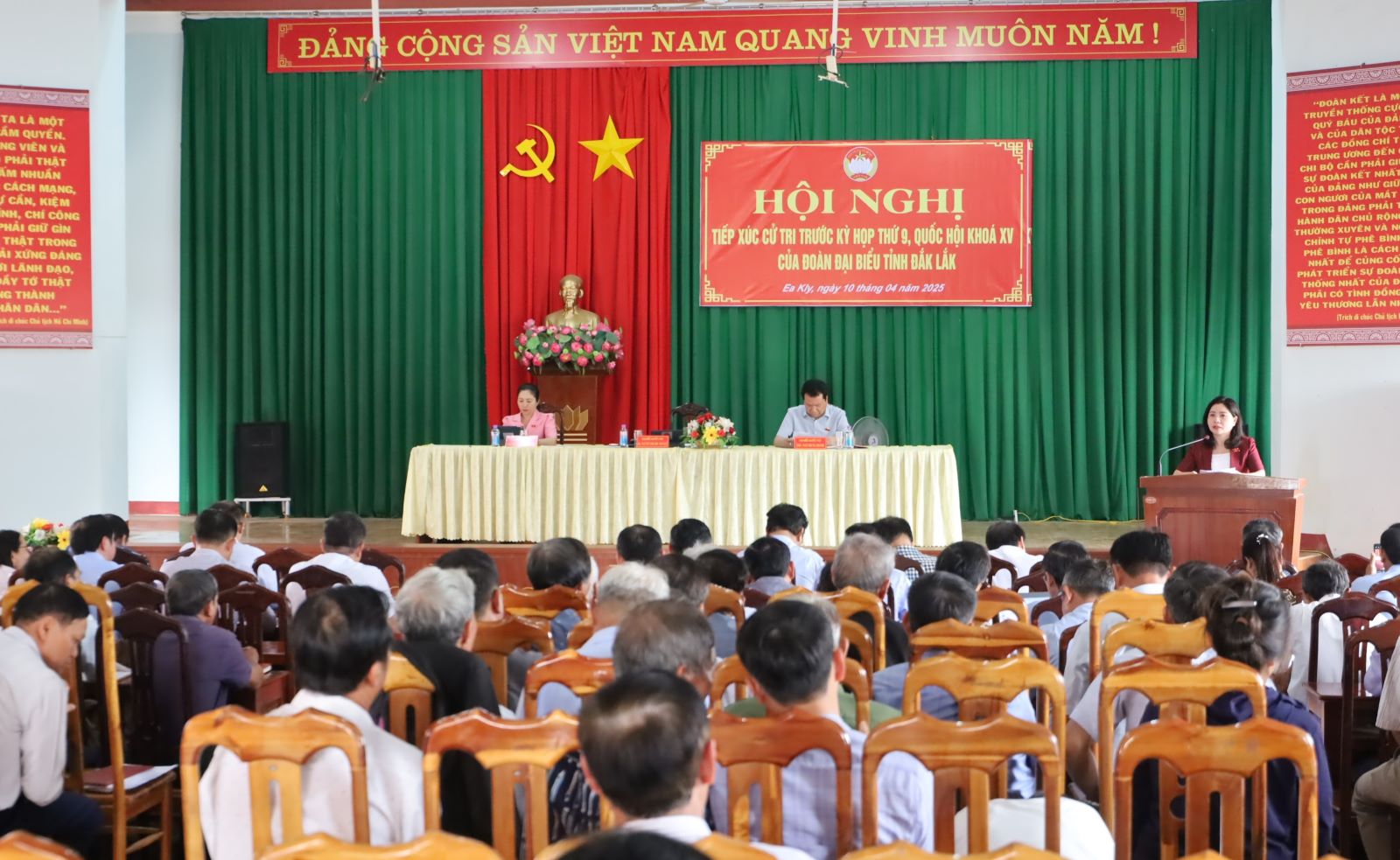
![[Infographic] Diverse activities of the 4th Dong Thap Province Book and Reading Culture Day in 2025](https://vstatic.vietnam.vn/vietnam/resource/IMAGE/2025/4/10/a5f00b7d966a475d891f3c3e528c9a66)







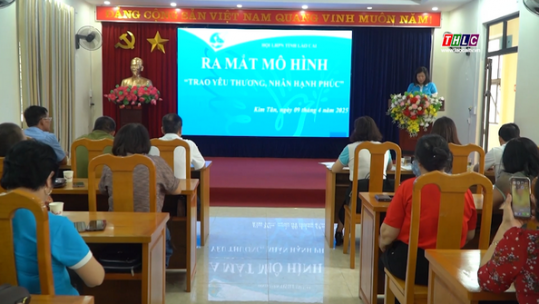

































































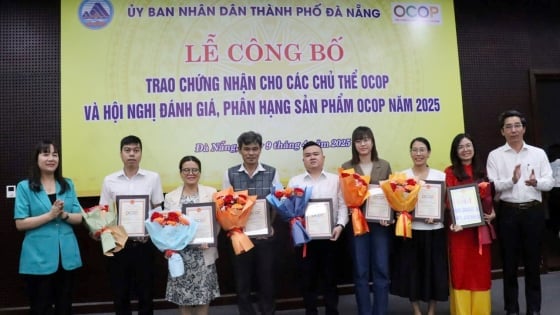
Comment (0)